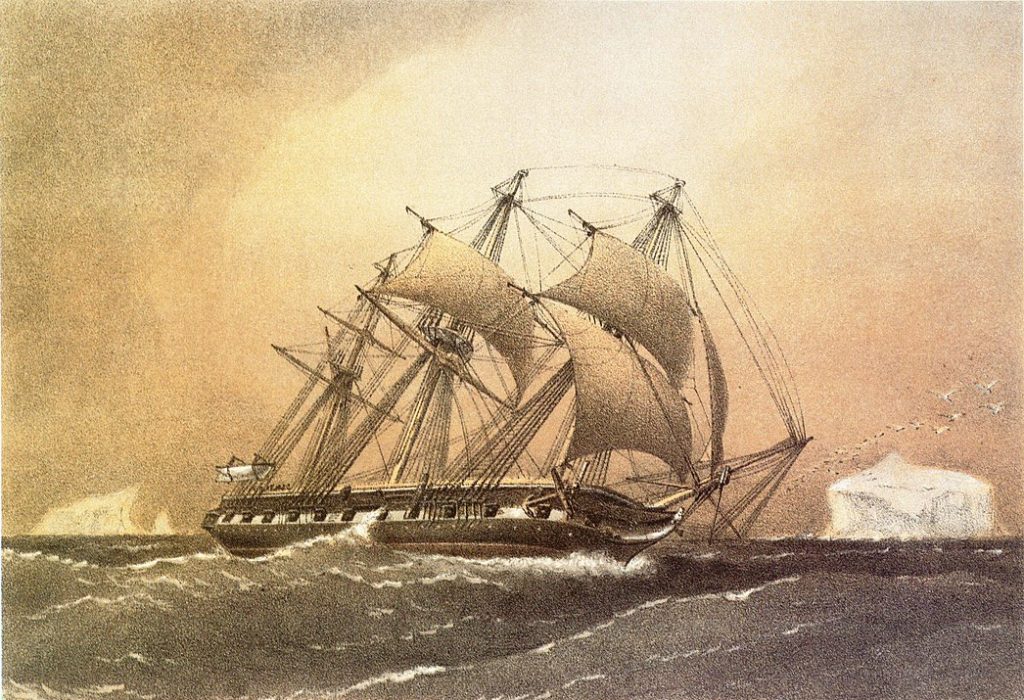The case for diversifying metal supply
As we integrate low-carbon technologies in energy systems to meet growing global power needs, minerals are becoming increasingly crucial. Solar panels, wind turbines, and batteries all rely on critical minerals like lithium, nickel, cobalt, manganese, copper, and rare earth elements.
The demand for these resources is set to skyrocket. The International Energy Agency (IEA) forecasts a 21-fold increase in cobalt demand and a 19-fold increase in nickel demand by 2040.
Rising demand is not driven by clean energy alone. A growing global population, rapid urbanization, industrial automation, artificial intelligence, and aerospace applications are all adding pressure to mineral supply.
Governments and companies are also investing in strategic stockpiling and new mining projects as part of efforts to diversify supply chains and reduce dependency on a small number of producer countries. This also increases mineral demand.

Currently, these minerals come from land-based mines, with associated environmental and social issues such as biodiversity loss, deforestation, water pollution, dislocation of human populations, and human rights concerns.
The Democratic Republic of Congo dominates global cobalt supply, while Indonesia is the primary source of nickel. Mineral processing is dominated by China. The COVID-19 pandemic and the war in Ukraine have demonstrated the vulnerability of supply chains, particularly where supply is geographically concentrated.

While recycling will play a role, it won’t be enough to meet the growing demand. The IEA estimates that by 2040, recycling could reduce primary supply needs by only 10%.
As easily accessible deposits deplete, we face a challenge: how to source these essential minerals responsibly. Options include developing new land-based mines, potentially in sensitive areas like rainforests, and exploring deep-sea mineral extraction.
Each option has environmental implications. Ongoing research aims to determine if polymetallic nodules can be counted among the more responsible sources of critical minerals, potentially reducing pressure on terrestrial ecosystems while helping to diversify supplies.

Find out more
Introduction to Deep-Sea Minerals
History
The concept of extracting valuable minerals from the ocean floor has a rich history dating back to the late 19th century.

Technology
Various trials conducted over the past few decades have demonstrated that it is technically possible to collect polymetallic nodules.

Regulation
The exploration and potential commercialization of mineral resources falls under the jurisdiction of the International Seabed Authority.
